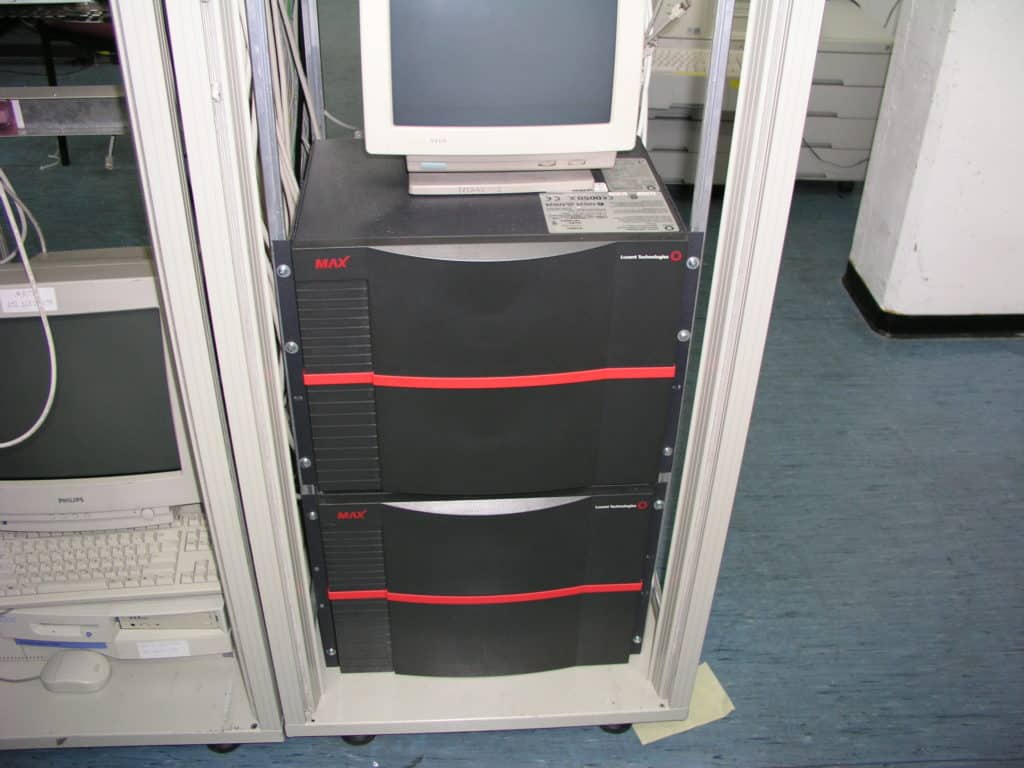The Internet was a big thing back then, and more and more people and businesses were dialing in (via analog modem and, in some cases, ISDN routers), creating a bottleneck that needed to be resolved. DSL was not yet around, and we needed to deploy modem pools across the nation.
Resolving the Bottleneck
As usual, we issued an RFI, then an RFP, and then came to the best and final stage of this massive project. We had a couple of options, but one stood out from the crowd in terms of features and quality – Lucent’s MAX TNT solution. This solution was based on the leading product from Ascend Communications, which was acquired by Lucent a couple of years earlier. (Since then, Lucent merged with Alcatel and got acquired by Nokia, but that’s a different story.)
The engineering team favored the MAX TNT solution. We even reached out to our US partner at that time, (MCI) WorldCom (well, this was just before the scandal), and received very positive feedback from them (they had been using this product for years).

The only thing was, it was a very expensive solution. We had additional proposals from Cisco and Nortel, and our procurement managers were not convinced about paying the premium for the expensive solution favored by engineering.
The big squeeze began, and all the vendors dropped their prices. At the end of the day, Lucent won the project with a much lower price than initially proposed.
Everyone was happy – procurement got their big discount, engineering got the solution we wanted, and the vendor won the deal.
The Challenge of the Implementation Phase
But then came the implementation phase. And since I was also responsible for operations, I soon realized the problem.
The product was great. Don’t get me wrong, it really was one of the best (if not THE best) RAS systems of that time. But a relationship with a vendor (and integrator) is not limited to product features and delivery. It is a lot about services, accessories, flexibility, knowledge sharing and good will.
All of those were damaged by this being a “cut our losses” project for the vendor. Because, at the end of the day, the vendor never loses.
It does not matter if the price drop was designed to get the better product in, or to keep the better/disruptive solution out (as in many other cases). Once an operator and a vendor, together, reach an agreement that involves a negative P&L for the vendor, the big losers will be those who need to implement the project. This is true both for the operator, who is facing a frustrating nickel-and-dime attitude from the vendor, and from the vendor, who is lacking the ability to make the customer truly happy.
Lessons Learned
I learned my lesson. Ever since then, I have made sure, in every project, that the right solution is selected for the right price. I’ve done so even if we had to pay some extra for the solution, and even if I had to fight with the procurement team for it.
By the way, 20 years later I still really like the MAX TNT…
DriveNets White Paper
Total Cost of Ownership




